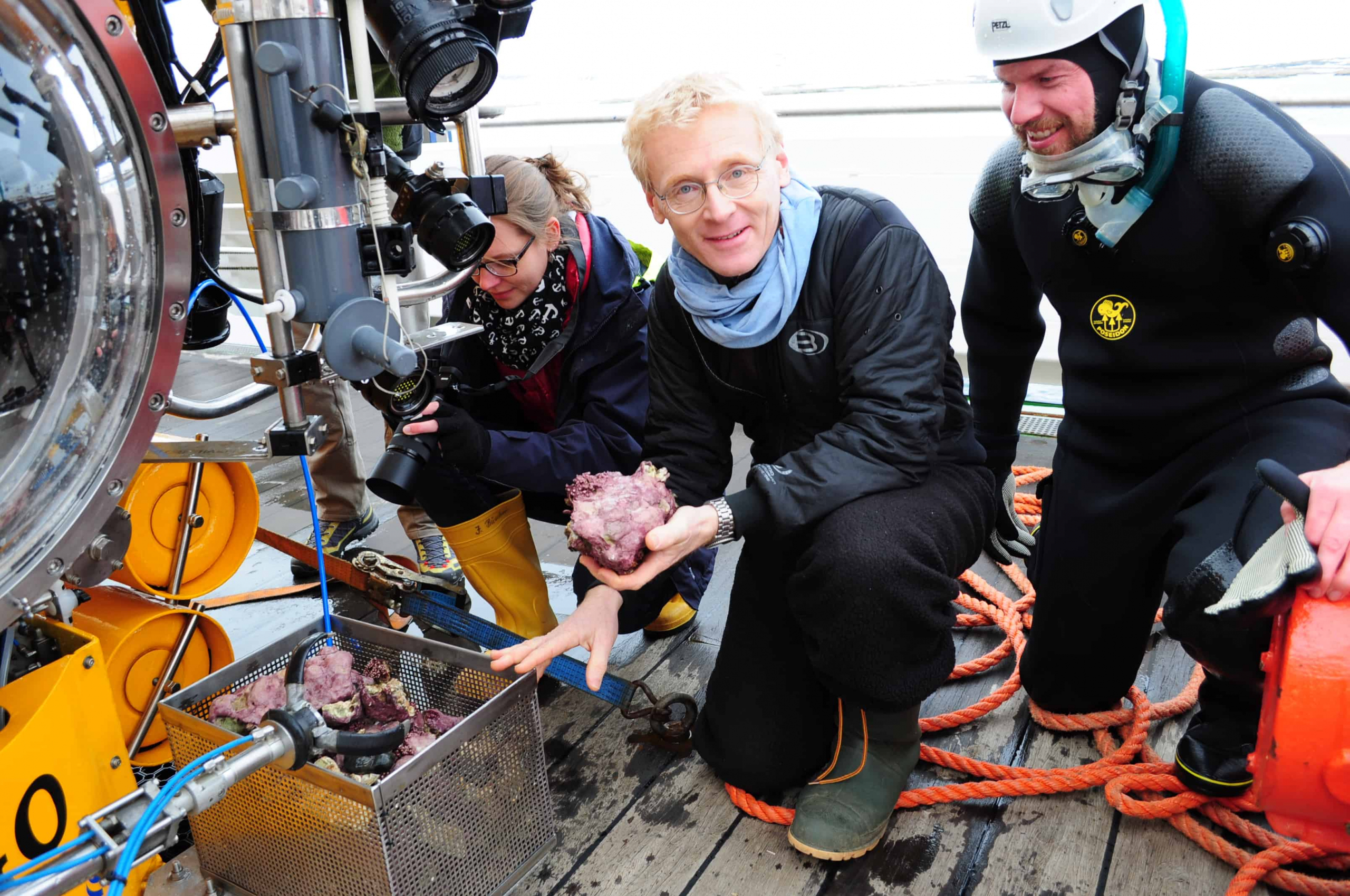The Arctic is one of the least explored landscapes in the world. Due to the Arctic’s cold temperatures, conducting expeditions there has been difficult. However, Jochen Halfar, an Associate Professor of Geology at UTM has joined the ranks of those who have accomplished this feat.
Halfar has conducted two expeditions to the Arctic over the summer. The first expedition went above the Arctic Circle near Spitsbergen, Norway. Halfar then boarded a sailboat for three weeks in Canada’s north.
First, Halfar travelled north to Spitsbergen from Reykjavik, Iceland. To collect algae samples, he had to travel for three hours by submarine underneath the ocean’s icy surface. The submarine had an arm to collect the samples. Postdoctoral student Steffen Hetzingerm assisted in the work.
Halfar then flew to Greenland where he travelled on a boat called the ‘Vagabond’ for three weeks. Finally, he travelled by boat from Greenland to Canada where he sailed along the northern part of Baffin Island. Alicia Hou, a graduate student, continued Halfar’s research by travelling through the Gulf of Boothia to Goose Bay, Labrador.
Halfar and his team set out to collect samples of coralline algae. Coralline algae are a rock-like red algae that play an integral part in a coral reef’s ecology. Coralline red algae deposit mineral calcite crusts on underwater rocks. They provide shelter for fish larvae and other organisms, when they collect to form maerl beds. However, due to ocean acidification — the decreasing pH in oceans because of the increased carbon dioxide in the air — the coralline algae’s skeletal structure has become brittle, making it more vulnerable to wave movement.
Coralline samples can provide insight into climate change and how sea ice has behaved over past centuries. Human impacts on the climate are hard to track so climate models are constructed from skeletons of the coralline samples to make sense of records in space and time.
The skeletons are laid out in growth increments like tree rings. This geochemical analysis of coralline algae has allowed Halfar and his associates to understand other climate phenomena like the Pacific Decadal Oscillation, the El Nino Southern Oscillation, and the North Atlantic Oscillation.
Halfar and his team are currently focusing on how sea ice cover has shrunk over the past 150 years. Satellite technology was only able to begin tracking the sea ice shrinkage starting in the early 1970s. Halfar and his associates discovered a new paleoclimate proxy in coralline called Clathomorphum compactum. This is the oldest algal crust dated 646 years back measured by carbon dating. The alga can live for hundreds of years. Its age can be determined by measuring the thickness of its layers.
In an interview with Live Science in 2013, Halfar suggested that the alga’s lifespan is unlimited. “Much longer records are possible, and in fact, during an expedition this past summer, our group sampled some specimens off Labrador that, based on their thickness, are well over 1,000 years old.”
Calcium and magnesium are measured in the alga, which give information on the water temperature and how much light the alga has received. This can place patterns of sea ice cover on a much longer timescale. The alga’s ring’s thickness is correlated with past climate conditions. The alga’s thickness narrowed during the Little Ice Age, when volcanoes and sun cycle variations caused the earth to cool. This suggests high sea ice coverage and short summers. However, during the Industrial Revolution in 1850, the alga began to thicken. Data from coralline algae have revealed a startling decline in sea ice cover.
Halfar’s samples can help predict climate change patterns in the future. In a statement to UTM News, Halfar said, “This data can be used by climate physicists to create models that project climate into the future… If we understand the past better, we can predict the future of the ice in the Arctic.”
Halfar’s expeditions have provided new information on climate change and can give researchers the information they need not only to predict future climate changes but to present the information to the public. This way, preventive actions can be taken so climate change can be monitored more carefully. Water ecosystems in which the coralline algae exist can in turn continue to thrive and support all the organisms within the ecosystems.
The work of Halfar and his associates has emphasized that climate change is an important problem and that it is everyone’s job as stewards of the Earth to protect what is left of our planet and make a conscious effort to reduce climate change.


